-

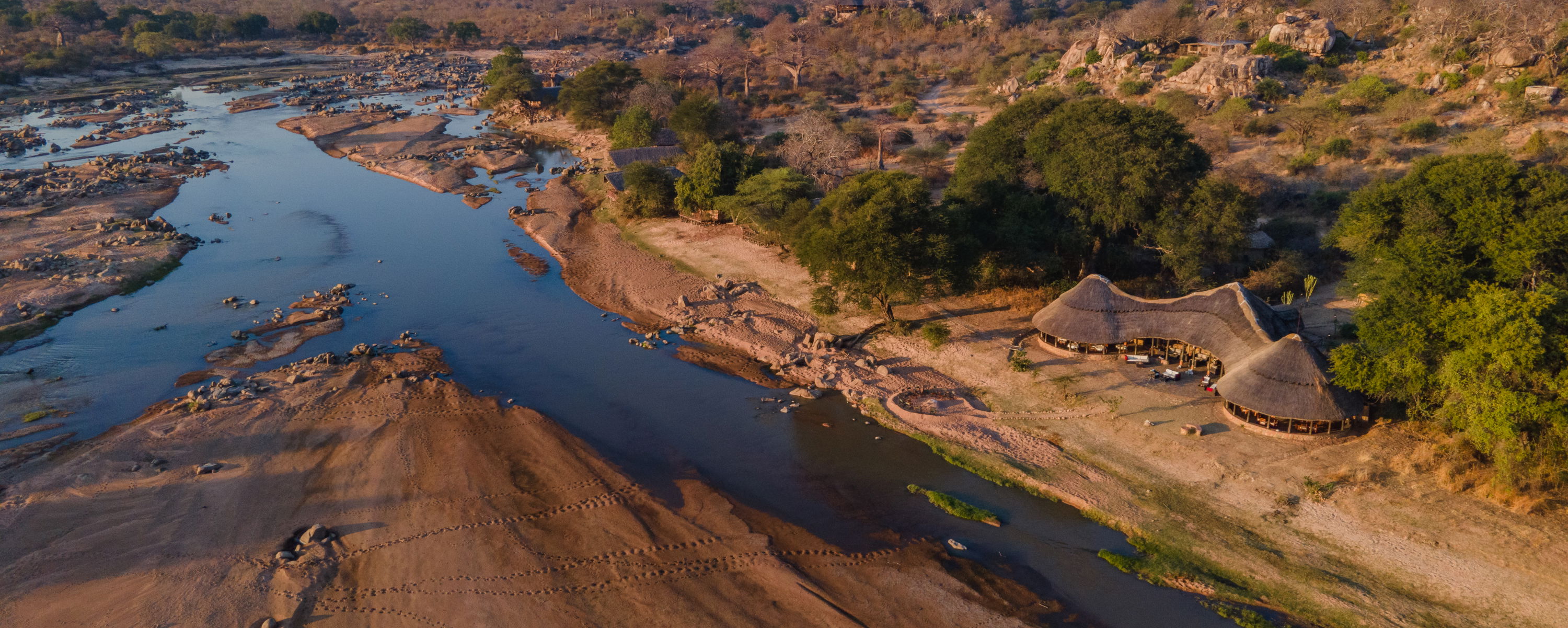 The National Park
The National Park -

-
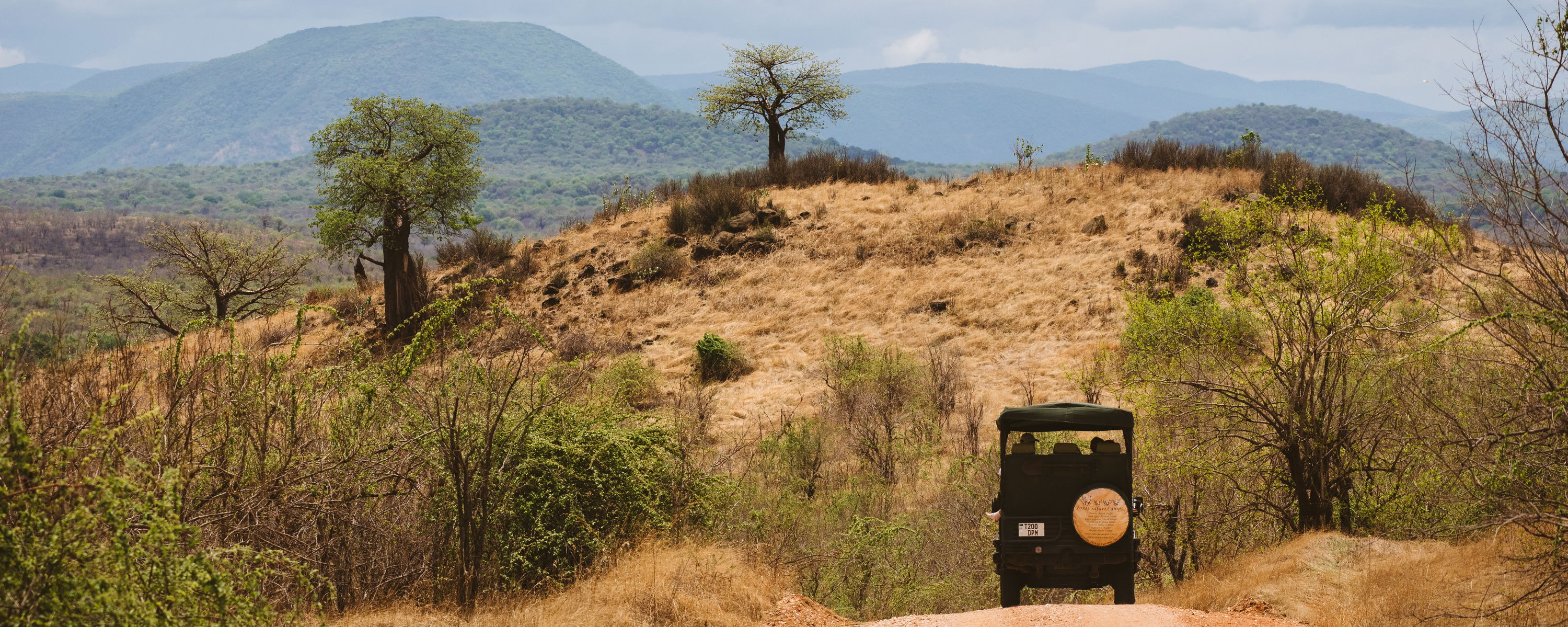
Secluded safaris in Ruaha National Park
Ruaha National Park is Tanzania's best-kept safari secret – a gateway to an uncrowded African safari as you explore one of the world’s biodiversity hotspots.
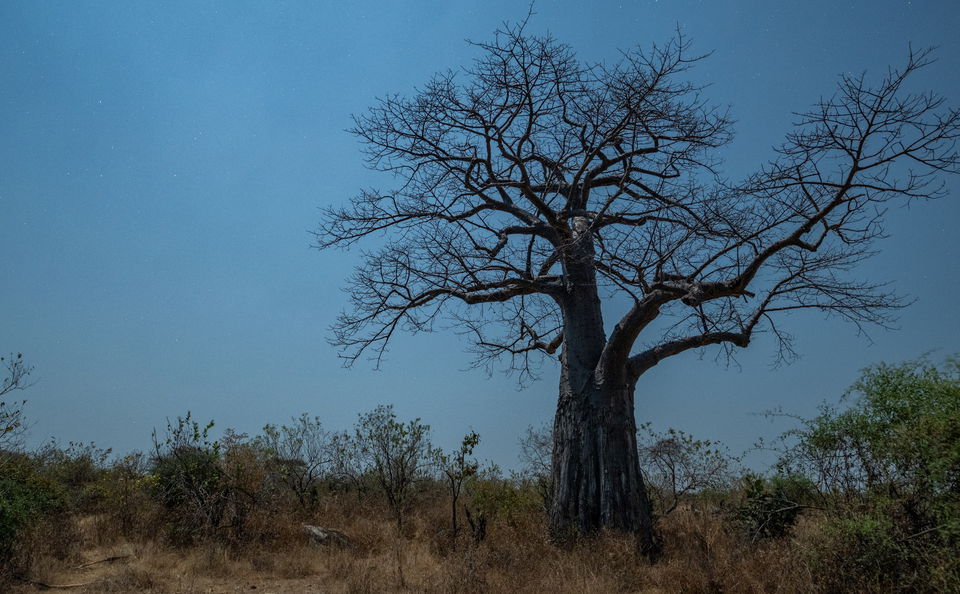
History of Ruaha National Park
Ruaha National Park's history began in 1910 with the creation of the Saba Game Reserve, which was renamed Rungwa Game Reserve in 1946. The southern part of the reserve was transformed into Ruaha National Park in 1964. The park welcomed its first property, Ruaha River Lodge, in January 1982, thanks to the pioneering efforts of the Fox family. It would be another two decades before any other safari lodges were built in the Tanzanian national park.
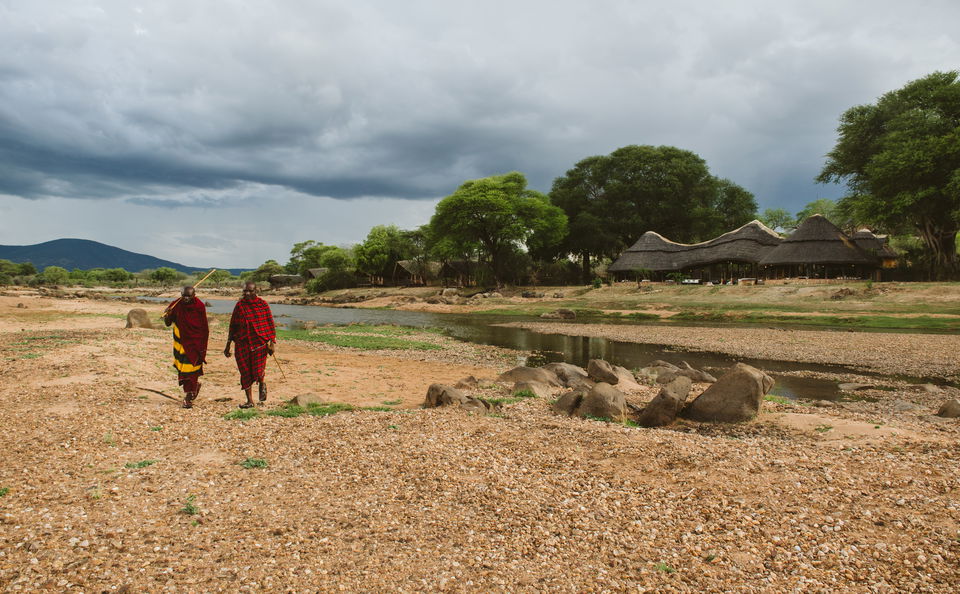
Change of the seasons
Like much of Southern Tanzania, planning a safari to Ruaha National Park is dependent on the wet and dry season. Life revolves around the rhythm of the short and long rains. The dry season (May to October) is best for game viewing, while the wet season (November to April) offers unbeatable birding safaris.
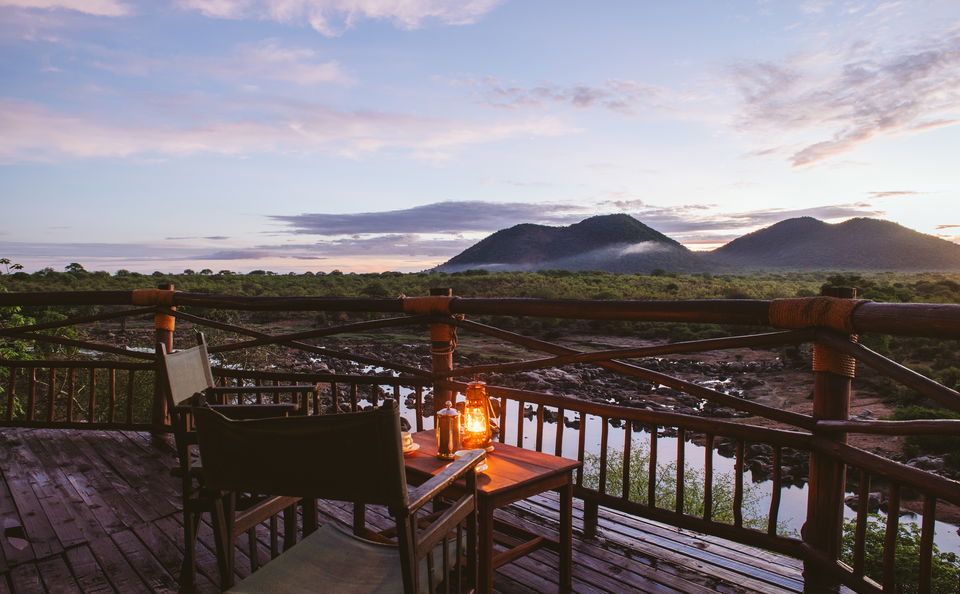
Landscapes of Ruaha National Park
Golden savannahs stretch across Ruaha National Park, punctuated by granite outcrops that blend with the rugged hills of the Great Rift Valley. Age-old baobabs stand like sentinels over the plains, their gnarled trunks a testament to the passage of time. The Ruaha River, fringed with riverine thickets, winds through the wilderness, creating a lifeline for the abundant wildlife along its banks.
Wildlife in Ruaha National Park
While Ruaha National Park is famed for its impressive elephant herds and lion prides, it's often the park's other inhabitants that catch regular safari-goers’ attention. Keep your eyes open for sightings of the bat-eared fox, striped hyena, African wild dog, greater and lesser kudu, and roan antelope.
Birding in Ruaha National Park
The annual wet season, between November and April, welcomes migratory birds that sees the number of species increase to more than 570. As one of Tanzania’s top birding destinations, visitors might spot Pel's fishing owl, Pale-billed hornbill, Great white pelican, Blue-breasted bee-eater and Tanzanian sandgrouse during a stay at Ruaha River Lodge.

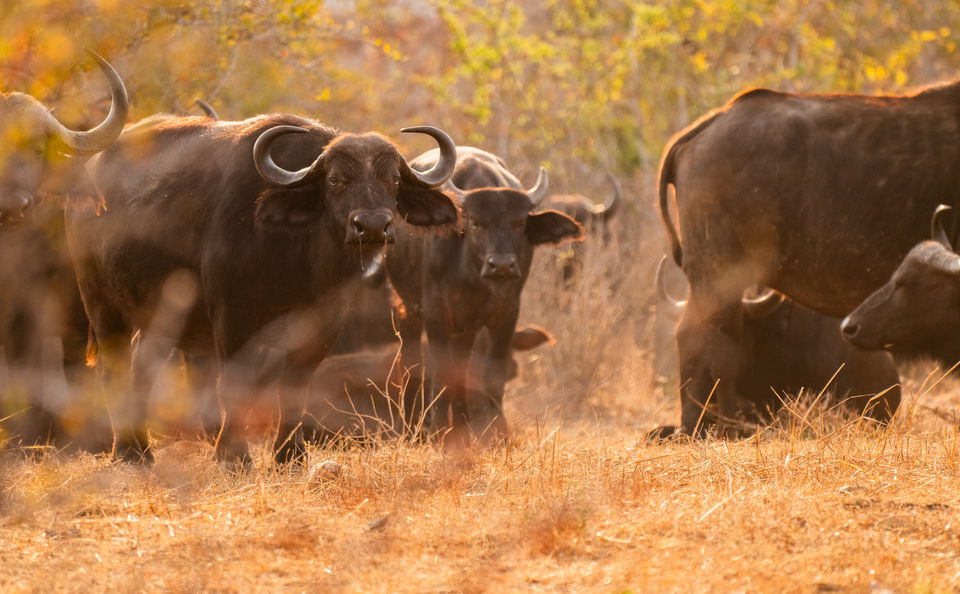
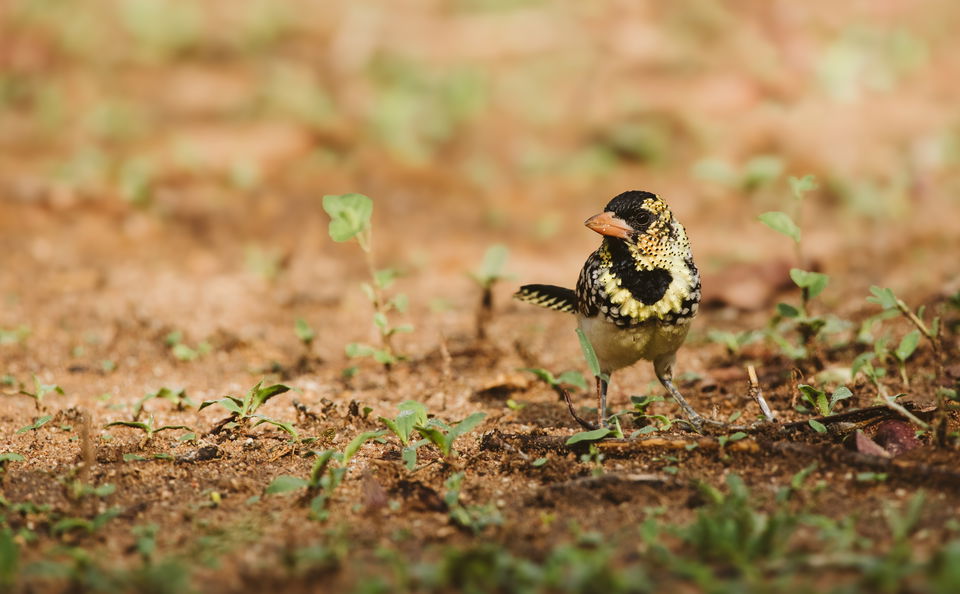
Share This Page